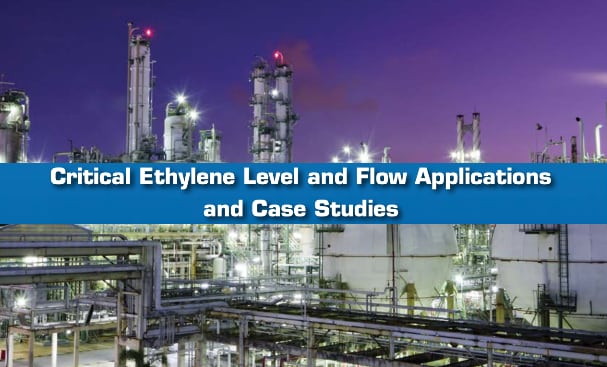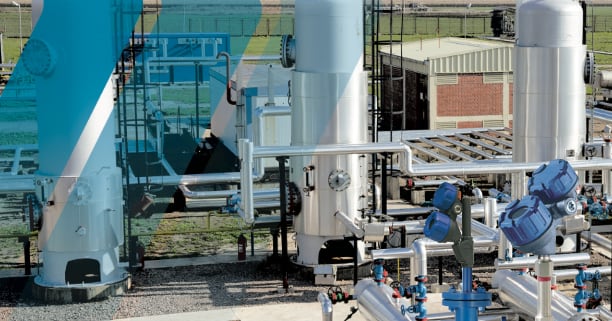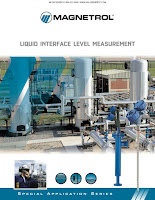The basic construction of mass flow controllers (MFCs) consists of four main components. A body, a thermal sensor, a printed circuit board, and a magnetic control valve. As gas enters the flow body, a laminar flow element or restrictor diverts a precise portion of the gas to pass through the thermal sensor. The thermal sensor is the heart of the mass flow controller and consists of a bypass tube fitted with a heater element and two temperature sensors. As gas enters the sensor bypass tube, the upstream and downstream temperature sensors measure the temperature differential between gas entering the bypass tube and exiting it.
When choosing an MFC supplier, consider whether the manufacturer provides zero stability specifications, also known as sensor stability, which indicates the device's ability to maintain accuracy over time. Good sensor stability ensures the MFC delivers highly accurate and consistent results with less frequent recalibration or replacements needed. A stable, precise sensor guarantees regular, precise process control. As the thermal sensor measures the change in the flow temperature, it sends a signal to the circuit board, which interprets the data into flow output and compares it to the setpoint received from the user setpoint signal. If the setpoint, or required value, is higher than the measured value or flow output, the controller will open the control valve, letting more flow through. Suppose the setpoint is lower than the flow output. In that case, the control valve will close, decreasing flow, caused when a coil inside the magnetic control valve sends an electrical current around a valve stem, which moves the valve plunger by thousands of an inch. The circuit board is the device's brain, so pay close attention to the electronics and firmware architecture when evaluating an MFC. The MFC should have the ability to support advanced alarms and diagnostics to monitor and correct issues before the overall process is negatively affected. Check to see what built-in alarms and diagnostics are available.
Brooks Instrument devices support flow output and additional alerts like flow totalization, valve drive, flow obstruction, and calibration. All Brooks devices are tested as complete systems to ensure robust and accurate operation and maintain calibration to international standards.
In Pennsylvania and Ohio, contact Miller Energy to learn which Brooks Instrument solution is right for your process.
In Eastern Pennsylvania:
Phone: 610-363-6200
In Western Pennsylvania:
Phone: 412-257-0200
In Ohio:
Phone: 440-735-0100




